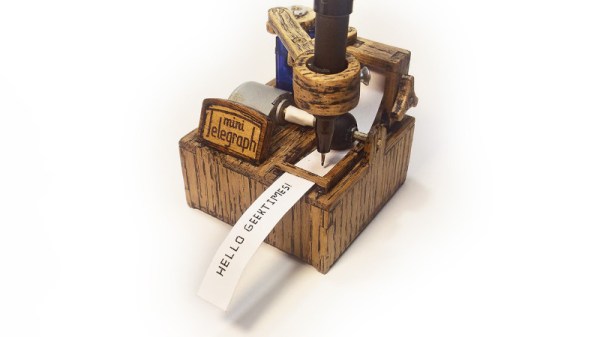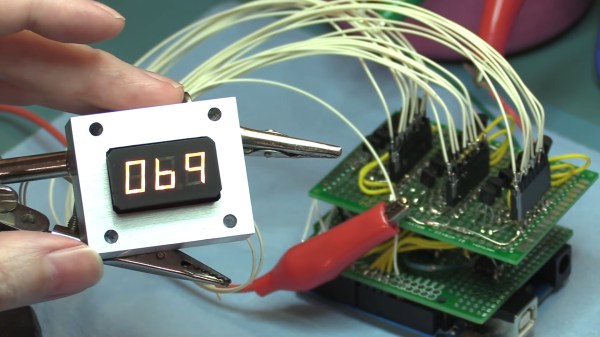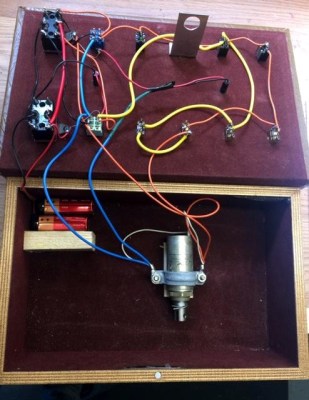Smartphones and voice assistants are the typical way most of us interact with our smart devices around the home, but it doesn’t have to be the only way. [Sam March] wanted things to feel a little more magical – so built a wand to do the job instead.
The wand relies on a DA14531 Bluetooth Low Energy (BLE) system-on-chip, and is paired with what appear to be smart plugs running on the same hardware. With an accelerometer in the wand, it’s able to detect waving motions, and then signal the smartplugs over Bluetooth to switch outlets on or off. As far as the magic side of things is concerned, [Sam] took his lead from [Arthur C. Clarke], who famously stated “Any sufficiently advanced technology is indistinguishable from magic.” Thus, efforts were made to miniaturize the electronics down to a single tiny PCB, allowing it to be secreted inside a turned wooden wand that’s wrapped in leather.
The end result is a fun project that’s also probably useful when [Sam] wants to turn the lights off without getting out of bed. We could imagine that, configured properly to work on a room-by-room basis, it could be useful for guests who don’t know where the light switches are.
If the name sounds familiar, it’s because we’ve heard from [Sam] before – with his great DIY smartwatch build. Video after the break.
Continue reading “Turn On Your Lights With A Wave Of A Magic Wand”



















